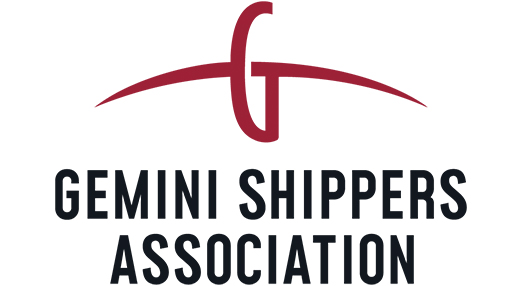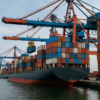
Over the past few years, there has been a surge in nuclear verdicts against the trucking industry. Nuclear verdicts are jury judgments that award penalties over $10 million. This warrants a focus by trucking fleets on risk management, as such verdicts can force companies to declare bankruptcy, adding to the distress already prevalent in the industry today.
One of the primary reasons for such massive verdicts is the lack of exculpatory evidence on the part of the trucking companies, making it a “he said, she said” problem that often ends up with truck drivers and companies being blamed. But with the advent of technologies including sensors and cameras, fleets can now record incidents and reduce their legal risk.
FreightWaves spoke with Jason Palmer, the COO of SmartDrive, a transport intelligence platform, to understand how trucking fleets should approach risk management to reduce their likelihood of having to pay huge amounts of damages.
“The claims we see are not just about collisions, but also cover worker compensation and safe working practices. Because in trucking fleets, there are many different categories of workers besides drivers, including people in and around the vehicle and the loading dock,” said Palmer. “We incorporate 360-degree cameras on the vehicle and continuously record the driving environment regardless of what is happening. This can help fleets mitigate risk.”
Palmer explained that it is essential to tune safety programs based on the extent and type of risk associated with a particular fleet. Fleet safety programs should be designed to include both triggering and risk-capturing perspectives and should rate truckers’ driving skills to help improve their driving behavior.
Palmer contended that for employee safety, fleets must ensure workers can remotely call out in times of emergency. “They can have a button on their belt or keychain and should be able to hit that button if they need assistance. This can activate the cameras and alert dispatch, notifying that there’s an incident with the employee,” he said.
Safety can often be overlooked, which eventually ends up badly for the trucking fleet. “Flatbed haulers have employees who can get hurt when they’re strapping down loads. The fleets we work with look at that from a risk perspective. They do audits and follow best practices when they’re securing loads to ensure they mitigate any risk of people getting hurt,” said Palmer.
For fleets that don’t have sufficient video evidence, fighting a legal battle could be financially debilitating. As fleets cannot be certain what will happen, the only way to mitigate risk is to enforce training programs for employees and continuously look to reinforce best practices.
Based on his experience of deposing clients, Palmer understands that one of the best ways for fleets to save themselves from nuclear judgments is to show the jury that they go above and beyond what is required by regulations to ensure safety and compliance.
“Plaintiff attorneys are going after these nuclear judgments. And they are always working to prove that the fleet was negligent in some manner. One of the things that advanced safety programs help fleets do is show that they’re voluntarily adopting additional safety measures to help audit and oversee the safety of their operations,” said Palmer. “This allows them an extra layer of security against nuclear judgments.”


